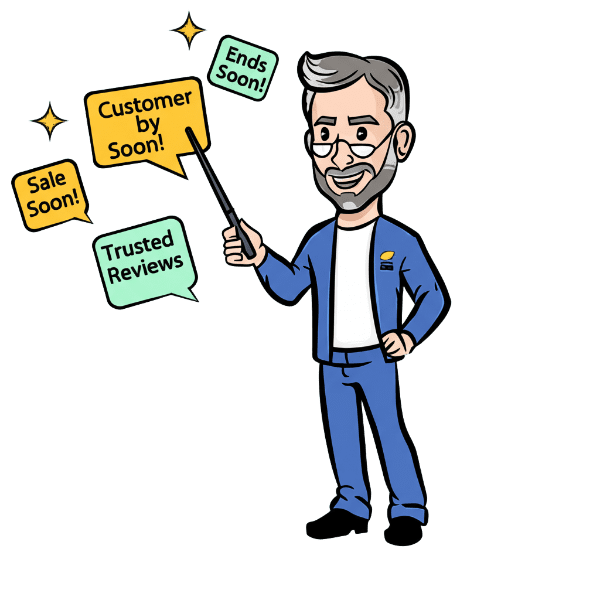Definition: Brand consistency guidelines are the blueprint for how your brand should appear and communicate across all channels. They ensure that your visuals, messaging, and tone of voice are uniform, whether someone is interacting with your brand on social media, your website, in an email, or through customer support. For growing businesses, sticking to these guidelines isn’t about being rigid, it’s about building trust, recognition, and credibility.
When brand consistency guidelines are followed, your audience doesn’t just remember your brand, they trust it. In a crowded market, being instantly recognizable can be the difference between being ignored and being chosen.
Use in a sentence: Our design team follows the Brand Consistency Guidelines to make sure every logo, color, and message looks the same across websites, ads, and social media.
Benefits of Following Brand Consistency Guidelines

- Stronger Brand Trust: Consistency signals professionalism. If your brand voice and visuals are dependable, customers are more likely to believe you’re dependable too.
- Increased Brand Recognition: When every touchpoint looks and feels the same, your brand becomes instantly familiar, making it easier for customers to recall and trust you.
- Better Team Alignment: Clear brand consistency guidelines give marketing teams, designers, and external partners a shared reference point, reducing miscommunication and saving time.
- Faster Content Creation: With established rules for tone, color, logo use, and messaging, your team can move faster without second-guessing what’s “on brand.”
- Improved Customer Experience: A unified brand experience helps customers feel confident in your product or service—because nothing feels out of place.
Key Elements of Brand Consistency Guidelines
- Visual Identity Rules: Define your color palette, fonts, logo usage, and imagery style. These are the visual anchors that make your brand instantly recognizable.
- Voice and Tone: Detail how your brand should sound in different situations—professional, playful, empathetic? Consistency here strengthens your connection with your audience.
- Messaging Framework: Establish your key messages, taglines, and elevator pitch. These should be used across all platforms to keep your brand story consistent.
- Platform-Specific Applications: Tailor your brand elements for different environments (e.g., Instagram vs. LinkedIn), while still maintaining a consistent feel.
- Internal and External Use Cases: Provide guidance for both internal communications and customer-facing materials, ensuring that the same tone and style carry through everywhere.
- Brand Governance: Explain who’s responsible for maintaining brand standards, how often guidelines should be updated, and where the most current version can be found.
More Definitions
(From the Sales & Marketing Jargon Encyclopedia)
- Qualified Lead: A prospect who meets certain criteria and demonstrates intent or potential to become a customer.
Read More> - Link Juice: The SEO value or authority passed through hyperlinks to boost search rankings.
Read More> - One and Done: A sales or marketing approach that lacks follow-up or nurturing—often ineffective.
Read More>
- Customer Conversion Cate: The percentage of visitors or leads who take a desired action—like making a purchase or signing up—out of the total number of prospects.
Read More>
Useful Posts
(From the Sales Funnel Professor Blog)
- Top of Funnel: Organic Social Strategies: Learn how to build brand awareness using unpaid social media content and outreach.
Read More> - SEO Top of Funnel Strategies: Dive into organic tactics that increase visibility at the awareness stage without a paid budget.
Read More> - How to Find Low-Hanging Fruit in Sales & Marketing: Discover practical ways to identify quick wins and easy-to-implement strategies that don’t require a big spend.
Read More>























